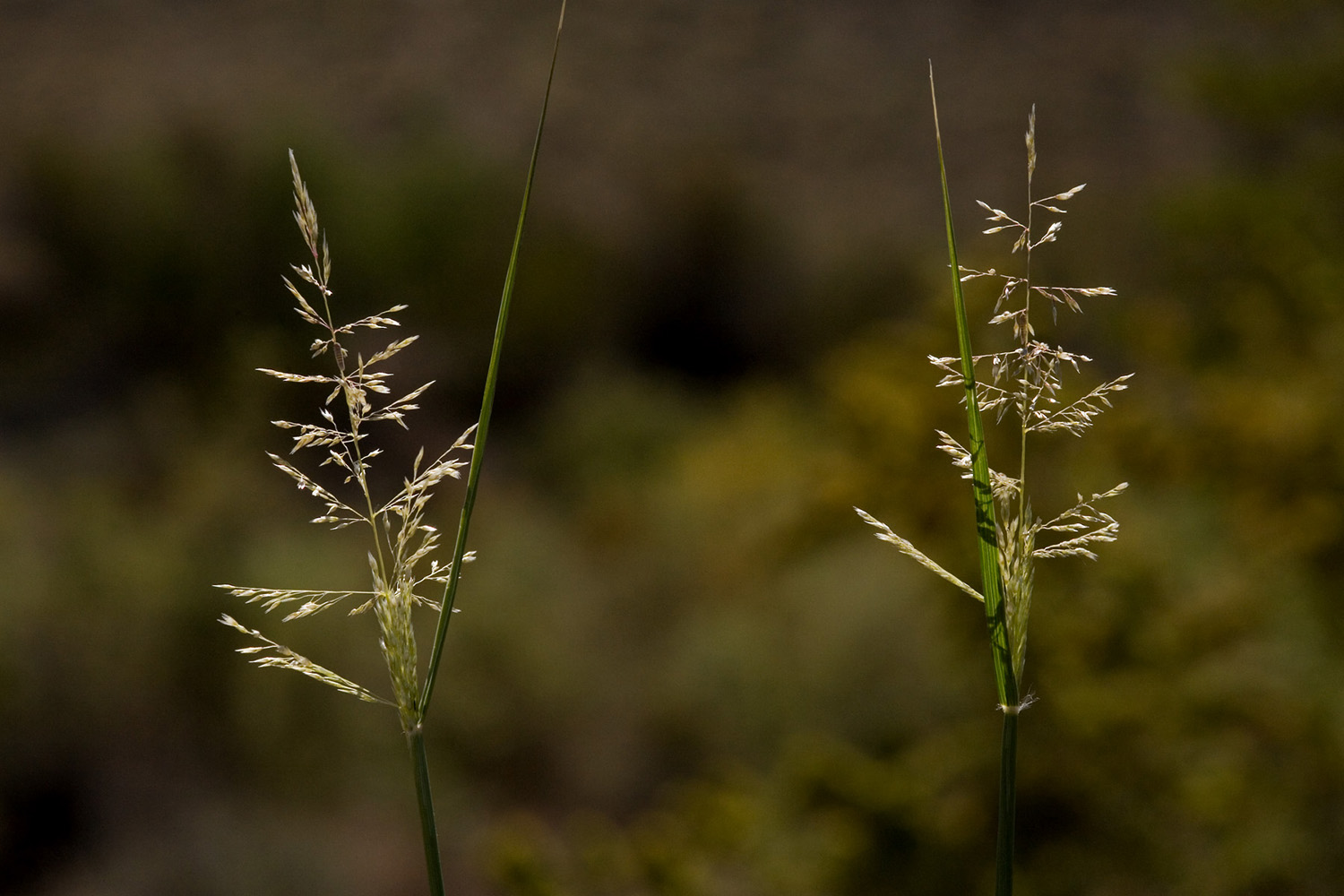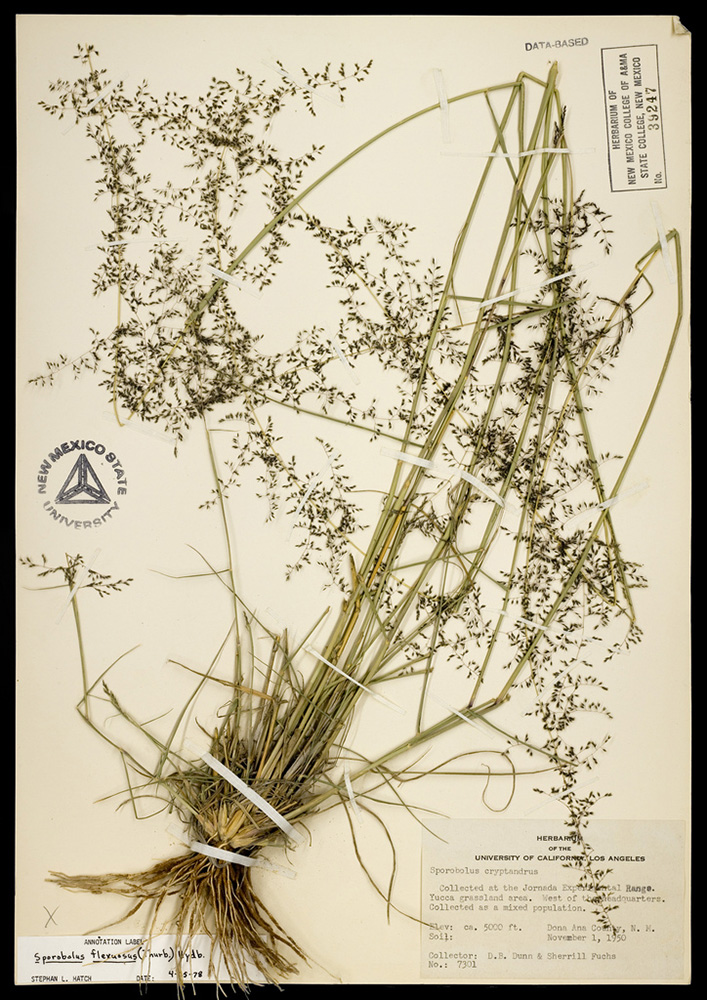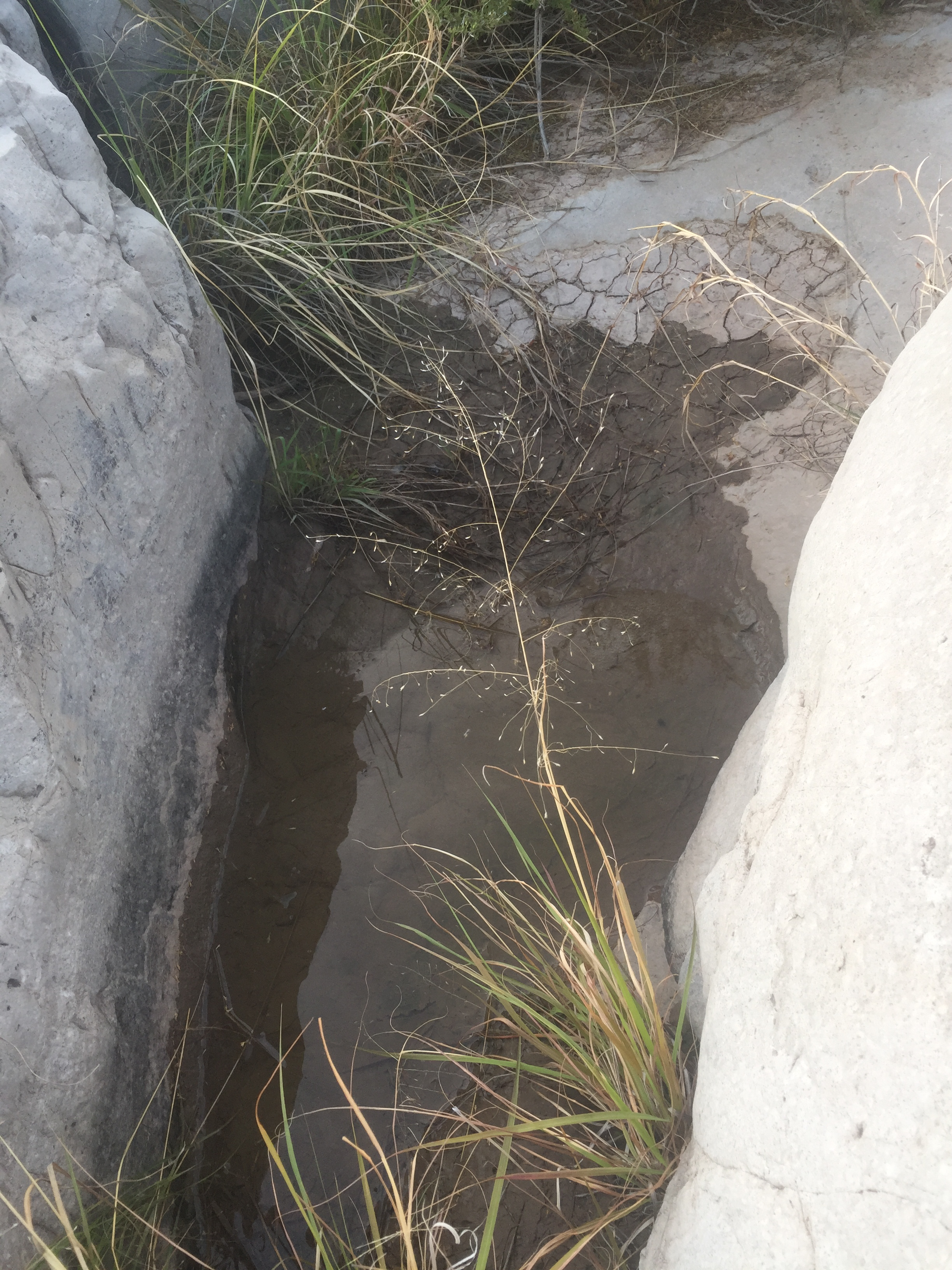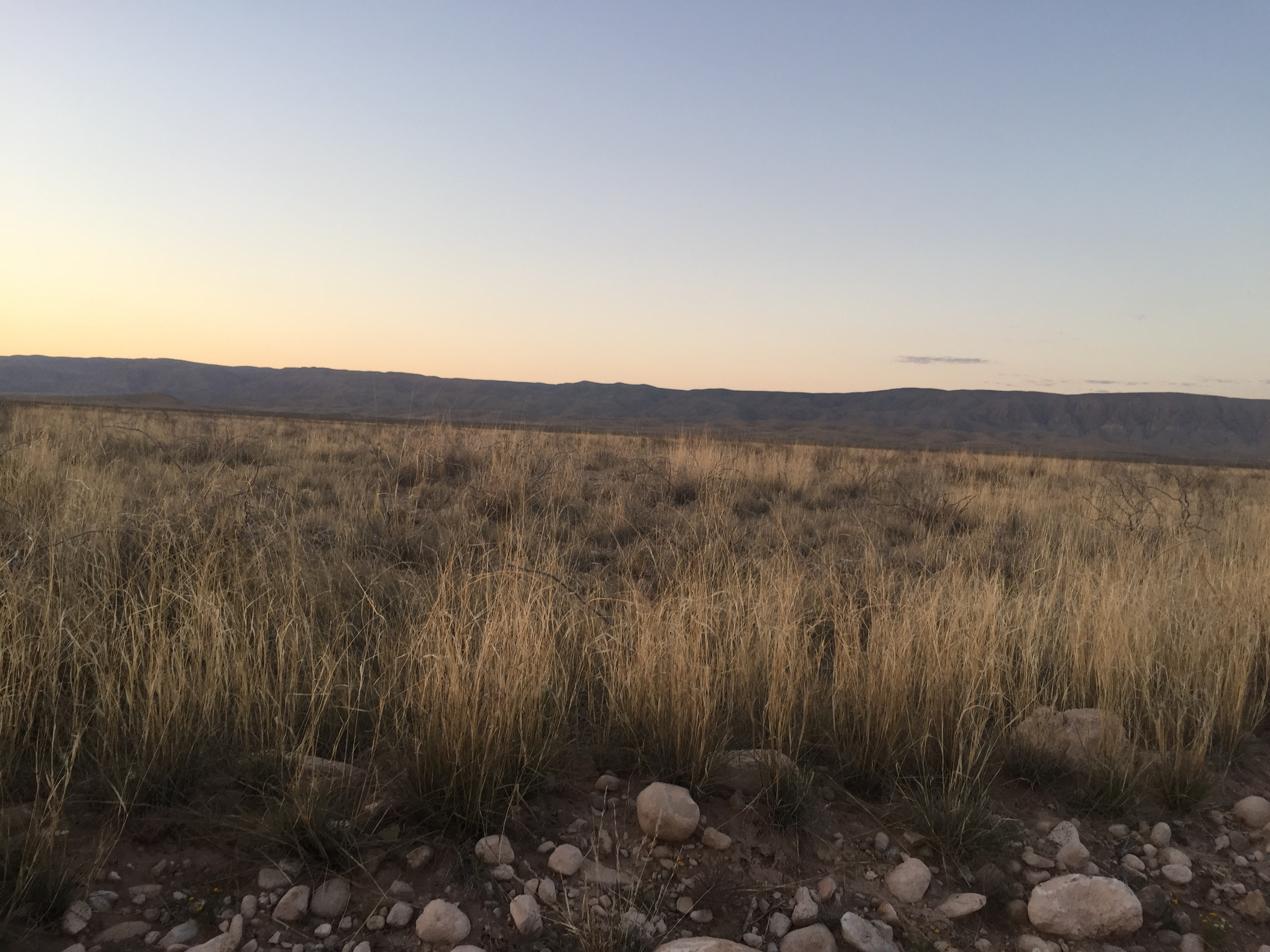Selected Plants of Navajo Rangelands
Dropseed, mesa

Mesa dropseed is a warm-season, native, perennial bunchgrass and is a component of desert scrub, shrub, grassland, sagebrush and piñon-juniper communities.
Cattle eat mesa dropseed all year long. Use is heaviest during the summer when the plant is actively growing. Black-tailed jackrabbits and pronghorns also consume mesa dropseed. Mesa dropseed reproduces from seed that fall from the parent plant and can be wind blown. The seeds have a hard seed coat that must be punctured before good germination occurs. Development is quick during periods of adequate moisture and high night temperatures. There is an almost immediate response to water.
During periods of drought, it goes into a dormant stage. New seedlings establish in open areas and under shrubs.



©2018 NMSU Board of Regents.
Individual photographers retain all rights to their images.
Partially funded by the
Western Sustainable
Agriculture Research and Education Program
(westernsare.org; 435.797.2257),
project EW15-023.
Programs and projects supported by Western SARE are
equally open to all people.